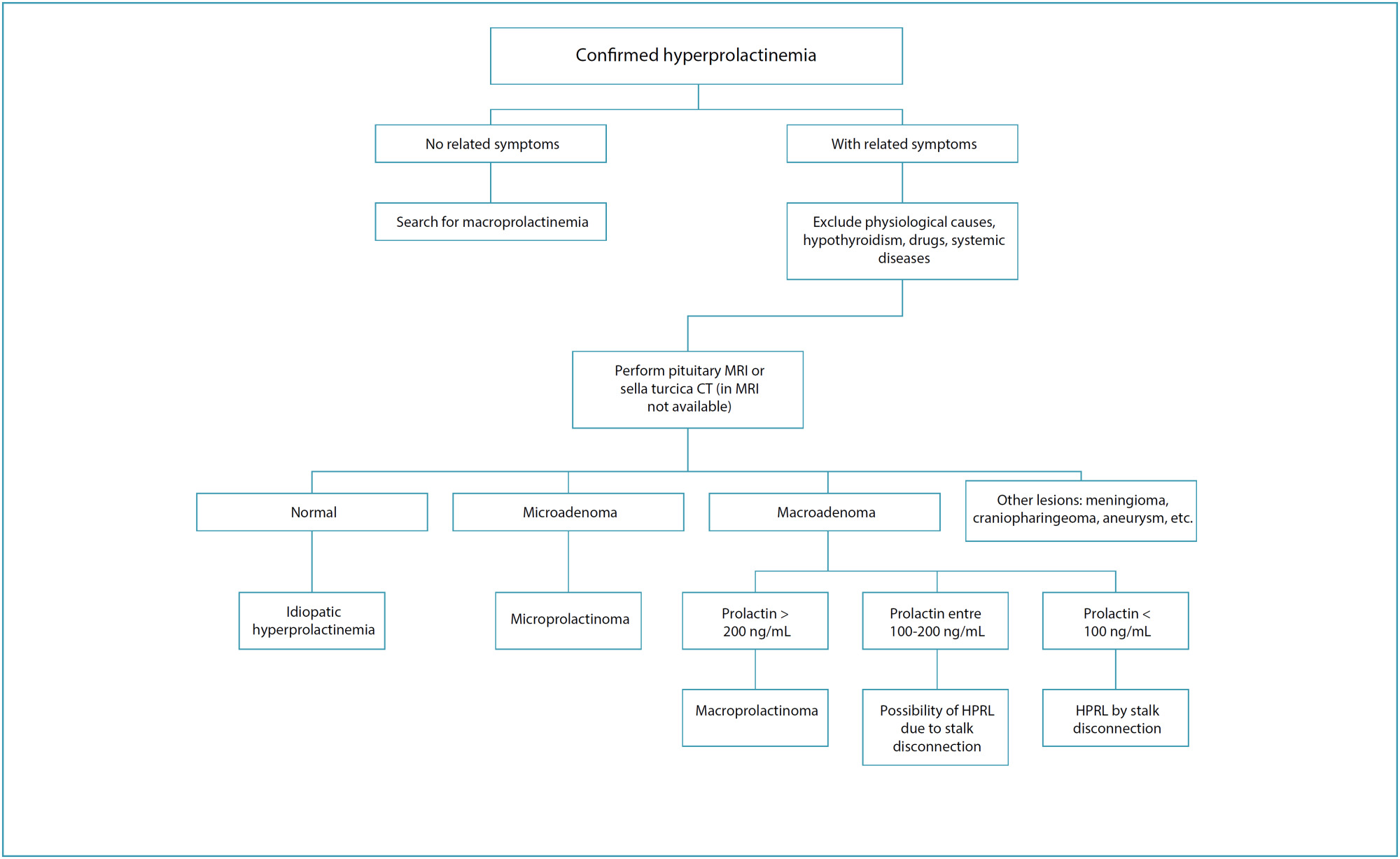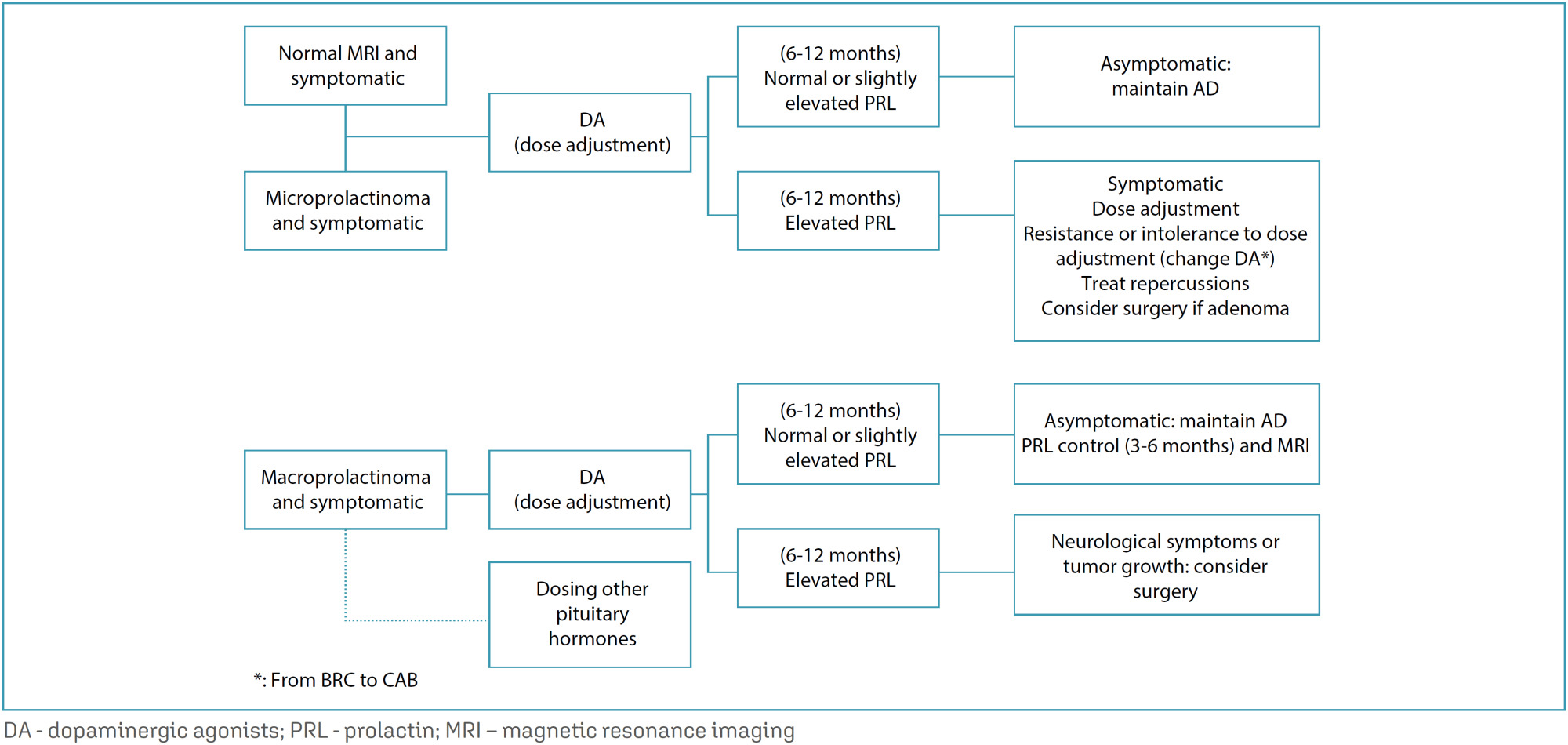-
Trabalhos Originais
Arterial doppler velocimetry in pregnant women with previous idiopathic intrauterine growth retardation
Revista Brasileira de Ginecologia e Obstetrícia. 1998;20(9):517-524
04-09-1998
Summary
Trabalhos OriginaisArterial doppler velocimetry in pregnant women with previous idiopathic intrauterine growth retardation
Revista Brasileira de Ginecologia e Obstetrícia. 1998;20(9):517-524
04-09-1998DOI 10.1590/S0100-72031998000900005
Views123See morePurpose: to determine the behavior of doppler velocimetry during the course of risk pregnancies and to compare the perinatal results obtained for concepti with retarded intrauterine growth (RIUG) with those for concepti considered adequate for gestational age (AGA). Methods: a prospective study of the evolution of doppler ultrasound was made in 38 pregnant women with of idiopathic intrauterine growth retardation (IUGR) in previous pregnancy. A relationship was established between this antecedent and the new pregnancy. The pregnant women studied were divided into two groups in agreement with their neonates birthweight. Group 1 was associated with IUGR and group 2 with adequate birth weight. IUGR was confirmed in 23.7% of the cases. Umbilical and uterine artery doppler velocimetry was performed from 20 to 40 weeks of gestation. Middle cerebral artery doppler velocimetry was analyzed after 28 weeks of gestation, twice a month, being the last valued examination before birth. Results: the uterine and umbilical artery ratio at 24 and 28 weeks of gestation, respectively, correlated with the presence of IUGR. There was no difference between the two groups regarding the presence or absence of a small notch in the uterine artery wave form and middle cerebral artery doppler velocimetry ratio, at the last examination before birth. There was a relationship between neonatal stay in hospital for more than three days and the presence of IUGR. Conclusions: doppler ultrasound should be used in the follow-up of cases with a high risk of IUGR. It allows the detection of the fetuses at high risk of hypoxia and, by interrupting the pregnancy, fetal distress-related complications may be avoided.
-
Trabalhos Originais
Prophylactic antibiotic treatment in obstetrics: comparison of regimens
Revista Brasileira de Ginecologia e Obstetrícia. 1998;20(9):509-515
04-09-1998
Summary
Trabalhos OriginaisProphylactic antibiotic treatment in obstetrics: comparison of regimens
Revista Brasileira de Ginecologia e Obstetrícia. 1998;20(9):509-515
04-09-1998DOI 10.1590/S0100-72031998000900004
Views63Purpose: to evaluate the efficacy of four antibiotic regimens in puerperal infection prophylaxis. Patients and Methods: According to vaginal or abdominal delivery and risk the presence or not of factors for puerperal infection, the patients were allocated to groups of low, medium and high risk for its development. Between March 1994 and June 1997 2,263 patients were evaluated. Results: the incidence of puerperal infection was different in each group. It was 3.1% in the low risk group, where no antibiotic was given, and 8.5% in the high risk group where all patients received three doses of 1 g EV cefalotin at six-hour intervals. In the medium risk group, the incidence of puerperal infection was 5.3% for the patients who used three doses of 1 g EV cefoxitin; 5.1% for those who used three doses of 1 g EV cefalotin; 4.0% when a single cefoxitin dose was used and 3.4% when a single cefalotin dose was used. Conclusions: it is not necessary to use prophylactic antibiotic therapy in low risk patients and the first generation cephalosporins (cefalotin) are as efficacious as the second generation cephalosporins (cefoxitin) to prevent puerperal infection, independent of the applied dosage. Cefalotin seems to be effective in preventing puerperal infection in patients at high risk.
Key-words Antibiotic prophylaxisCesarean sectionDelivery, vaginalPuerperal infectionRupture of membranes, prematureSee more -
Trabalhos Originais
Chronic effects of primaquine diphosphate on pregnant rats
Revista Brasileira de Ginecologia e Obstetrícia. 1998;20(9):505-508
04-09-1998
Summary
Trabalhos OriginaisChronic effects of primaquine diphosphate on pregnant rats
Revista Brasileira de Ginecologia e Obstetrícia. 1998;20(9):505-508
04-09-1998DOI 10.1590/S0100-72031998000900003
Views87See morePurpose: to evaluate the chronic action of primaquine diphosphate on the pregnancy of female albino rats. Methods: sixty pregnant female rats, separated into six groups, were used. Group I received daily, by gavage, 1 ml of distilled water from day zero to the 20th day of pregnancy (control group). The female rats of the other groups also received daily, by gavage, during the same period of time the volume of 1 ml containing gradually concentrated primaquine diphosphate solution: 0.25 mg/kg, group II; 0.50 mg/kg, group III; 0.75 mg/kg, group IV; 1.5 mg/kg, group V and 3.0 mg/kg, group VI. The maternal weights were considered on day zero and on the 7th, 14th and 20th days of pregnancy, when the matrices were sacrificed. Results: the results showed that primaquine diphosphate, in the used doses, did not interfere with none of the following variables: maternal weight, newborn weight, medium individual weight of fetuses, weight of the group of placentas and medium individual weight of the placentas, implantation number, number of placentas and number of fetuses, when compared with the control group. Also there was no case of reabsorption, malformation, maternal mortality or intrauterine death, in any of the studied groups. Conclusion: in the conditions of the study there were no contraindications for the continuous use of primaquine diphosphate during the pregnancy of the female rat.
-
Trabalhos Originais
Comparison between active management with oxytocin and expectant management for premature rupture of membranes at term
Revista Brasileira de Ginecologia e Obstetrícia. 1998;20(9):495-501
04-09-1998
Summary
Trabalhos OriginaisComparison between active management with oxytocin and expectant management for premature rupture of membranes at term
Revista Brasileira de Ginecologia e Obstetrícia. 1998;20(9):495-501
04-09-1998DOI 10.1590/S0100-72031998000900002
Views100See moreObjective: to compare the expectant versus active management with oxytocin in a Brazilian population of pregnant women with premature rupture of membranes (PROM) at term. Methods: a prospective, randomized and multicenter clinical trial was performed, evaluating variables concerning the time from PROM until the onset of labor and delivery, and maternal and neonatal hospitalization periods. Two hundred pregnant women with PROM at term were selected from four public hospitals in São Paulo state, from November 1995 to February 1997. They were randomly divided into two groups: active management, with oxytocin induction of labor until 6 h of PROM; and expectant management, waiting for the spontaneous onset of labor up to 24 h. The data were analyzed with the Epi-Info and SPSS-PC+ packages, using the statistical c², Student’s t and log-rank tests. Results: the results indicate that the differences between the two managements concern to the longer time needed for the expectant management group until onset of labor and delivery, besides the higher number of women and neonates who remained in hospital for more than three days. Conclusions: the time between admission and onset of labor and delivery, and also the latent period were longer in the expectant management group.
-
Editorial
Ética em pesquisa
Revista Brasileira de Ginecologia e Obstetrícia. 1998;20(9):494-494
04-09-1998
Summary
EditorialÉtica em pesquisa
Revista Brasileira de Ginecologia e Obstetrícia. 1998;20(9):494-494
04-09-1998 -
Resumos de Teses
Estudo Controlado e Randomizado para Prevenção de Infecção Pós-Cesárea com Penicilina e Cefalotina
Revista Brasileira de Ginecologia e Obstetrícia. 1998;20(7):424-424
04-09-1998
Summary
Resumos de TesesEstudo Controlado e Randomizado para Prevenção de Infecção Pós-Cesárea com Penicilina e Cefalotina
Revista Brasileira de Ginecologia e Obstetrícia. 1998;20(7):424-424
04-09-1998DOI 10.1590/S0100-72031998000700011
Views30Estudo Controlado e Randomizado para Prevenção de Infecção Pós-Cesárea com Penicilina e Cefalotina […]See more -
Resumos de Teses
Estudo Morfológico e Morfométrico do Endométrio de Mulheres na Pós-Menopausa Durante Terapêutica Estrogênica Contínua, Associada ao Acetato de Medroxiprogesterona a Cada Dois, Três e Quatro Meses
Revista Brasileira de Ginecologia e Obstetrícia. 1998;20(7):423-423
04-09-1998
Summary
Resumos de TesesEstudo Morfológico e Morfométrico do Endométrio de Mulheres na Pós-Menopausa Durante Terapêutica Estrogênica Contínua, Associada ao Acetato de Medroxiprogesterona a Cada Dois, Três e Quatro Meses
Revista Brasileira de Ginecologia e Obstetrícia. 1998;20(7):423-423
04-09-1998DOI 10.1590/S0100-72031998000700009
Views23Estudo Morfológico e Morfométrico do Endométrio de Mulheres na Pós-Menopausa Durante Terapêutica Estrogênica Contínua, Associada ao Acetato de Medroxiprogesterona a Cada Dois, Três e Quatro Meses[…]See more -
Resumos de Teses
Sangramento e Endometrite em Pacientes Portadoras de DIU Pós-Placentário na Maternidade de Encruzilhada – Recife (PE)
Revista Brasileira de Ginecologia e Obstetrícia. 1998;20(7):423-424
04-09-1998
Summary
Resumos de TesesSangramento e Endometrite em Pacientes Portadoras de DIU Pós-Placentário na Maternidade de Encruzilhada – Recife (PE)
Revista Brasileira de Ginecologia e Obstetrícia. 1998;20(7):423-424
04-09-1998DOI 10.1590/S0100-72031998000700010
Views31Sangramento e Endometrite em Pacientes Portadoras de DIU Pós-Placentário na Maternidade de Encruzilhada Recife (PE) […]See more
Search
Search in:
Tag Cloud
Pregnancy (251)Breast neoplasms (104)Pregnancy complications (103)Risk factors (103)Menopause (87)Ultrasonography (83)Cesarean section (77)Prenatal care (71)Endometriosis (70)Obesity (60)Infertility (56)Quality of life (53)prenatal diagnosis (51)Women's health (48)Maternal mortality (45)Pregnant women (45)Breast (44)Postpartum period (44)Uterine cervical neoplasms (43)Prevalence (42)




